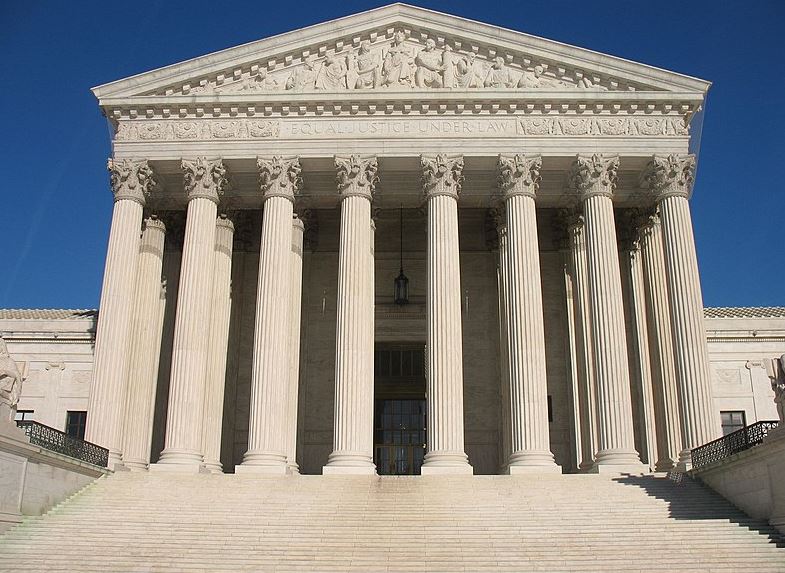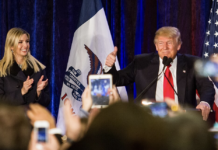
Overview
The Supreme Court has overturned the Chevron deference, a 40-year-old judicial doctrine that critics argue contributed to the unchecked expansion of federal regulatory power. The 6-3 decision marks a significant shift in the balance of power between agencies and the judiciary.
Why It Matters
This decision is crucial as it reins in the power of unelected federal regulators, ensuring that elected lawmakers have the primary role in shaping policy and interpreting statutes.
Who It Impacts
The ruling impacts regulatory agencies, lawmakers, businesses, and individuals subject to federal regulations, restoring a measure of control to Congress and the judiciary.
In a landmark decision, the Supreme Court has overturned the Chevron deference, a judicial doctrine that has long empowered federal agencies by granting them latitude in interpreting ambiguous statutes. The 6-3 ruling, delivered on June 28, has significant implications for the modern administrative state, often criticized as an illegitimate fourth branch of government.
Chief Justice John Roberts authored the majority opinion, with Justices Sonia Sotomayor, Elena Kagan, and Ketanji Brown Jackson dissenting. The doctrine, stemming from the 1984 Chevron v. Natural Resources Defense Council ruling, required courts to defer to agency interpretations of statutes unless Congress had explicitly stated otherwise. This deference allowed agencies considerable freedom to shape policy beyond what lawmakers had intended.
Conservatives and Republican policymakers have long criticized the Chevron deference, arguing that it facilitated the unchecked growth of government by giving unelected regulators too much power. They contend that this has led to agencies overstepping their bounds and creating policies without clear congressional authorization. The Supreme Court’s recent decisions have increasingly questioned the authority of regulatory agencies, culminating in this significant rollback.
The ruling came in two related cases, Relentless Inc. v. Department of Commerce and Loper Bright Enterprises v. Raimondo. Both cases arose from a 2020 rule by the National Oceanic and Atmospheric Administration (NOAA) requiring fishing companies to pay for human monitors aboard their vessels. The companies argued that this rule imposed an undue financial burden and significantly reduced their profit margins.
Roman Martinez, attorney for Relentless Inc., argued before the justices that the Chevron deference needed to be overruled. He stated, “For too long, Chevron has distorted the judicial process and undermined statutory interpretation. Chevron violates the Constitution. Article III empowers judges to say what the law is … [and] to interpret federal statutes using their best and independent judgment. Chevron undermines that duty.”
On the other hand, U.S. Solicitor General Elizabeth Prelogar warned that overturning Chevron could cause widespread disruption. She argued that thousands of judicial decisions upholding agency rulemaking as reasonable could be challenged, leading to “endless litigation.” Prelogar also pointed out that Congress has the power to modify or overturn the Chevron framework, suggesting that judicial restraint would be prudent.
The decision marks a pivotal moment in the ongoing debate over the role and power of federal regulatory agencies. By curtailing the Chevron deference, the Supreme Court has reasserted the judiciary’s role in interpreting laws and reinforced the principle that policy-making should primarily reside with elected lawmakers. This shift is expected to lead to greater scrutiny of agency actions and a reduction in the scope of federal regulations, aligning with long-standing conservative concerns about government overreach.




